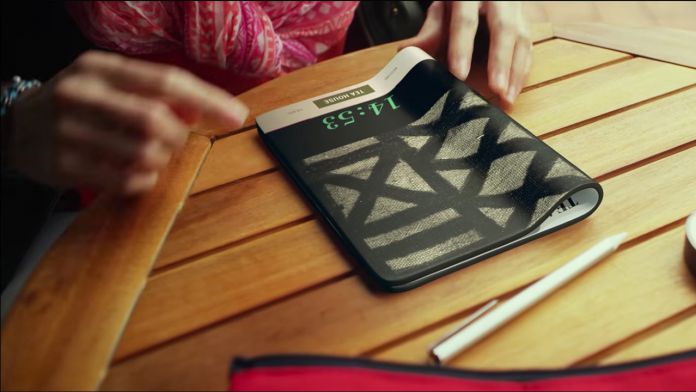The Korean outlet claims that the company is working with LG Display on the device, which would make sense. In 2016, LG was showing off the tech, and Samsung is also very interested. However, while other foldable panels are in the works, few are as large as LG’s. “We know that LG Display has developed a 13-inch foldable panel and signed a non-disclosure agreement (NDA) with Lenovo,” said an industry source to ET News.
A Larger Form Factor
Lenovo is said to be working on a separate, phone-like device, but apparently, this isn’t designed to be a hybrid. Instead, it’s is focusing on portability, letting users carry a large tablet without bulky bags. Though phablets certainly exist, Lenovo would probably struggle to make them appealing in a foldable form factor. After all, the selling point of a phablet is its portable productivity and media viewing, and it would have to be double the thickness. At a 16:9 aspect ratio, the device would also likely be too big even for phablets. As a result, the device may not compete directly with Andromeda, but it all depends on Microsoft’s plans. The company is rumored to be pivoting towards a laptop-tablet hybrid rather than a phone/tablet. The reasons behind such a move could be linked to durability. Phones see very heavy use and would be folded and unfolded thousands of times in their life. Tablets tend to be used more infrequently and could be a perfect fit. However, Microsoft is said to be using hinges rather than a bendable display. That’s likely to cut durability out of the equation, but it’s unclear if consumers would go for it if prettier bendables are available. Thankfully, the industry sources say we may see the device as early as next year. “The official development project has started and we plan to supply it in the second half of next year,” he said. As always, these reports should be taken with a grain of salt, but it would be an interesting take on what could be tech’s next big trend.



![]()
